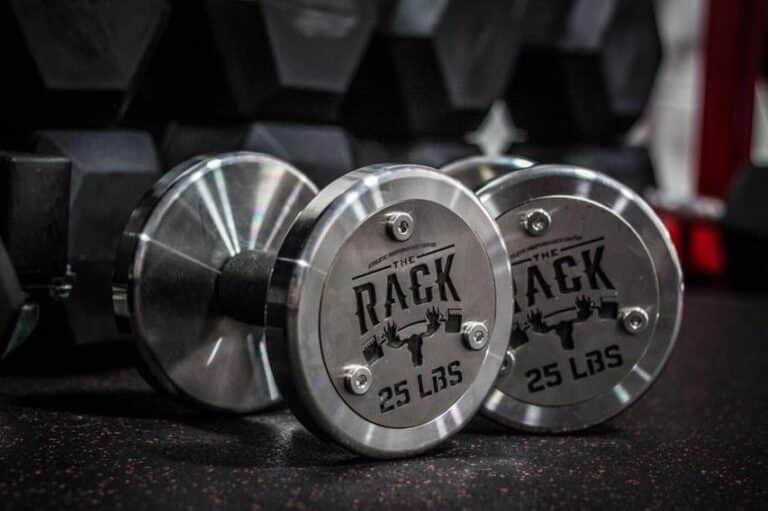The Bench Press pt. 1: Old School Iron

Of the perhaps thousands of exercises that have developed over the decades, the most popular of them all may very well be the bench press. My philosophy, Old School Iron, at its very core is about looking back to find a way to move forward.
The bench press was utilized very little until after World War II. Sure, isolated instances of variations of the bench press like the “belly toss” were being used by legends of the Iron Game like Joe Nordquest and, even earlier, George Lurich, the Russian wrestler, but to be clear, these were exceptions.
Perhaps an even better indicator of the low regard in which the bench press was held can be found in a book written by Karl Mueller; “Goerner the Mighty.” At the time, Hermann Goerner, the “strongest man in the world,” weighing 260 pounds had his best “press on bench” of the “supine press on bench” was only 330 pounds! Important to note here is not that a legend like Goerner clearly never practiced the lift, but that a man of unquestionable and, at the time, unparalleled strength, would even allow his biographer to mention the fact that the “strongest man in the world” could only bench press 330 pounds, much less write it in a book. The best possible explanation is that the bench press or supine press as it was known at the time, was up until the second World War, simply not a very important exercise.
If you are unfamiliar with the legend that is Mr. Goerner, allow me to enlighten you. He had a solid, heavy, non-revolving globe-ended barbell with a 2.75-inch handle. He could, at any time, with or without a warmup, easily power clean and push press this 330.75 pound mass of awkward iron.
Doug Hepburn, of Canada, 1953 World Heavyweight Olympic Lifting Champion is another legendary giant of the Iron Game. Doug’s pressing power was truly phenomenal. Hepburn was seen on many occasions pressing 600 pounds. Another of his legendary feats was walking with a 135-pound barbell, arms extended, held straight out in front of him, arms locked, at shoulder level. His arms, chest, and shoulders were reportedly bigger than anyone who had ever come before him, with the possible exceptions of Stanislaus Zbyszco and the Russian, Samukov.
Hepburn attributed most of his massive muscle structure and pressing strength to the diligent practice of one exercise: the bench press.
Now that we’ve covered a brief history of the world’s most popular exercise, let’s talk about how strength legend Paul Anderson trained and practiced the bench press.
Anderson thought the bench press was best examined and understood by dividing it into two categories:
1) The Drive from the Chest, and
2) The Follow Through.
In part 2 of this article series, we will begin by focusing on the drive from the chest.
Stay Tuned, folks!
Rob C. Jacobs
USAW, PICP, MA




